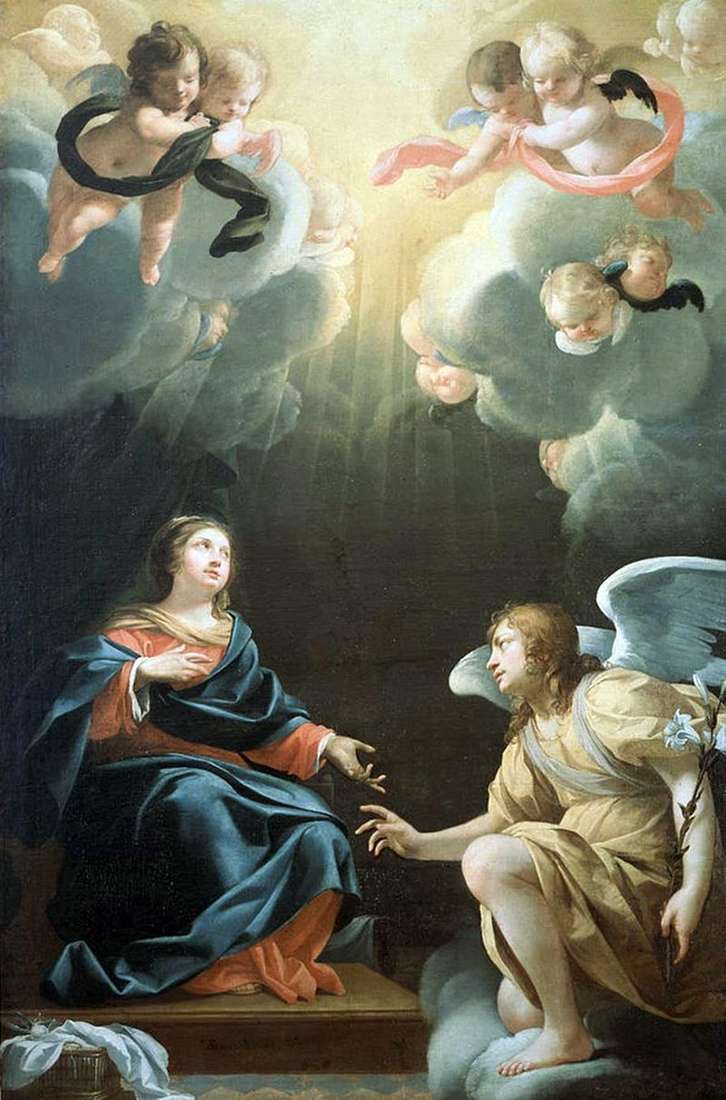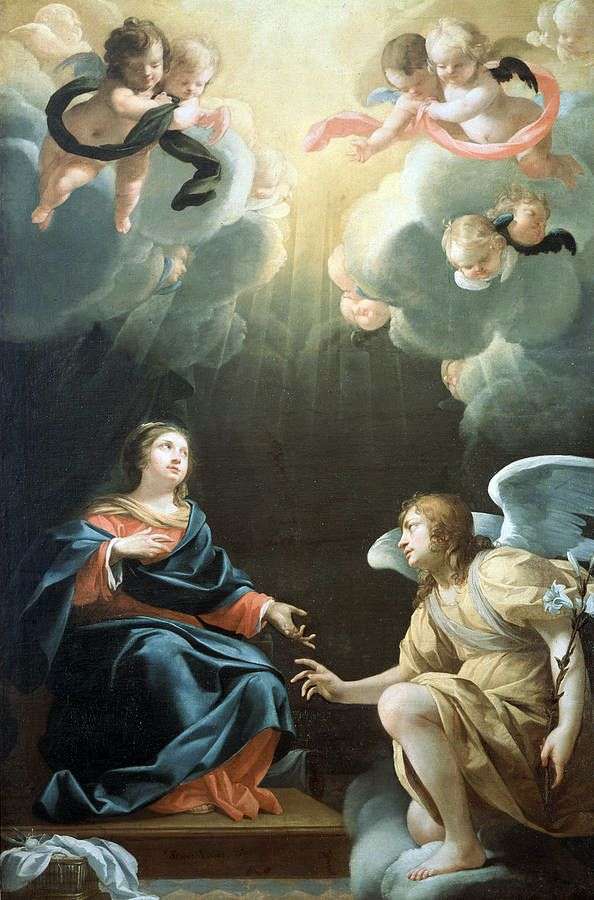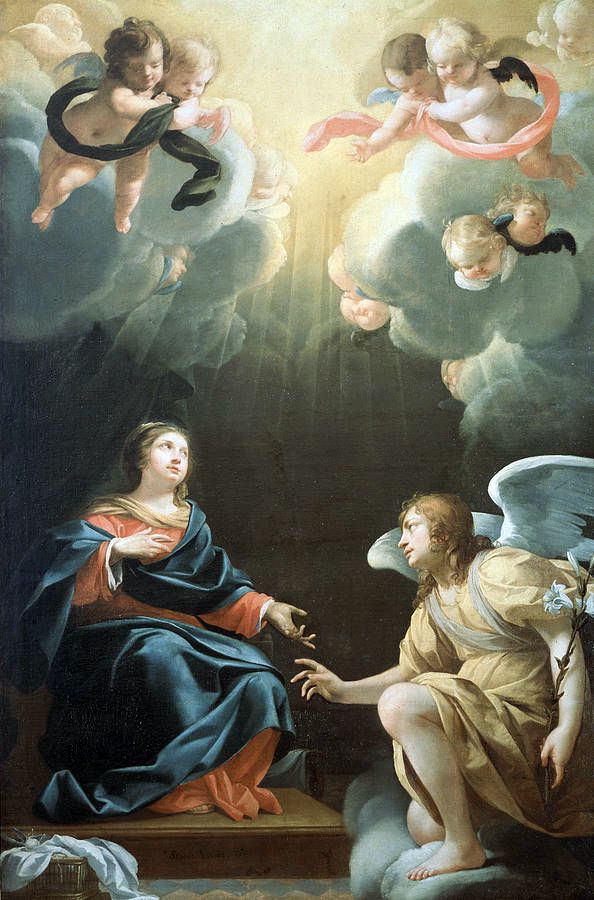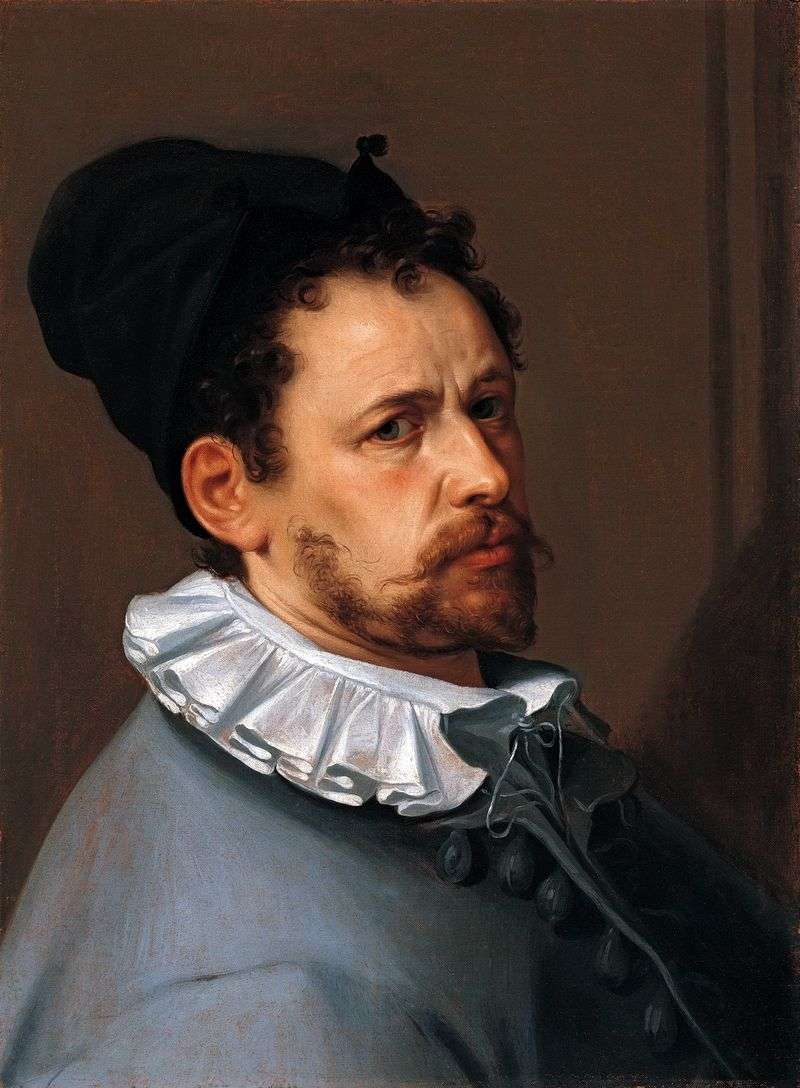
At the beginning of the seventeenth century, court art was being formed in France, the task of which was to design the architectural environment of the royal palaces, the ceremonial life of the court and the religious cult. These tasks corresponded to the stylistics of European baroque painting.
Baroque – the defining style in the art of Europe in the late 16th – mid-18th century. The term arose in Italy in the 17th century as a definition of a new direction for “strange, bizarre” art. Baroque flourishes along with the strengthening of Catholicism and the building of absolutist courts in Western Europe. A contradictory combination of heightened emotionality, sensuality with lush decorativeness gives the works of baroque masters a dramatized spectacle.
Baroque painting is characterized by dynamic imbalance of compositions, richness of the palette and contrast of the light and shadow effects, free expressiveness of the painting smear. Close to the traditions of the Baroque was the work of the French painter Simon Vouet. Like many of the largest European painters of this century, it was formed in the international artistic environment of Rome on the study of the ancient, Renaissance and contemporary Italian Baroque art.
During the decade spent by Vue in Italy, around him a colony of French artists was formed. Later they were to become the founders of the Royal Academy of Painting and Sculpture, the first state institution in France, which consolidated the aesthetic foundations of official art. In 1627, Vue was invited by Cardinal Richelieu to return to his homeland on honorable terms. Having received the title of the first painter of the king, he headed almost all the artistic work at the court.
Presented in the museum’s exposition is the altarpiece “Annunciation” – was written by the order of Cardinal Richelieu and is designed to decorate the church interior. Streams of “mystical” light, flowing from heaven, illuminate the swirling clouds, soaring angels, emphasize the roundness of the bodily forms of the figures of the Virgin Mary and the Archangel and model the masterly written draperies. The gospel story in the interpretation of Voué acquires the character of a gallant scene, with a mannered gesture and sensitivity of facial expressions.
The combination of a mystical miracle and deliberately domestic details, such as a basket with needlework, characteristic of baroque stylistics, is subordinated to the work of the French court master of cold elegance and decorative effectiveness of painting.
 La Anunciación – Simon Vouet
La Anunciación – Simon Vouet L’Annonciation – Simon Vue
L’Annonciation – Simon Vue Self-portrait by Bartholomeus Spranger
Self-portrait by Bartholomeus Spranger Death of Marat by Jacques-Louis David
Death of Marat by Jacques-Louis David The Trinity of the Old Testament by Simon Ushakov
The Trinity of the Old Testament by Simon Ushakov Portrait of a man in red by French master of the early 18th century
Portrait of a man in red by French master of the early 18th century Date by Jean Honore Fragonard
Date by Jean Honore Fragonard Actor Bando Hikosaburo III in the role of the warrior Sagisaka Sanan by Tousyusai Syaraku
Actor Bando Hikosaburo III in the role of the warrior Sagisaka Sanan by Tousyusai Syaraku